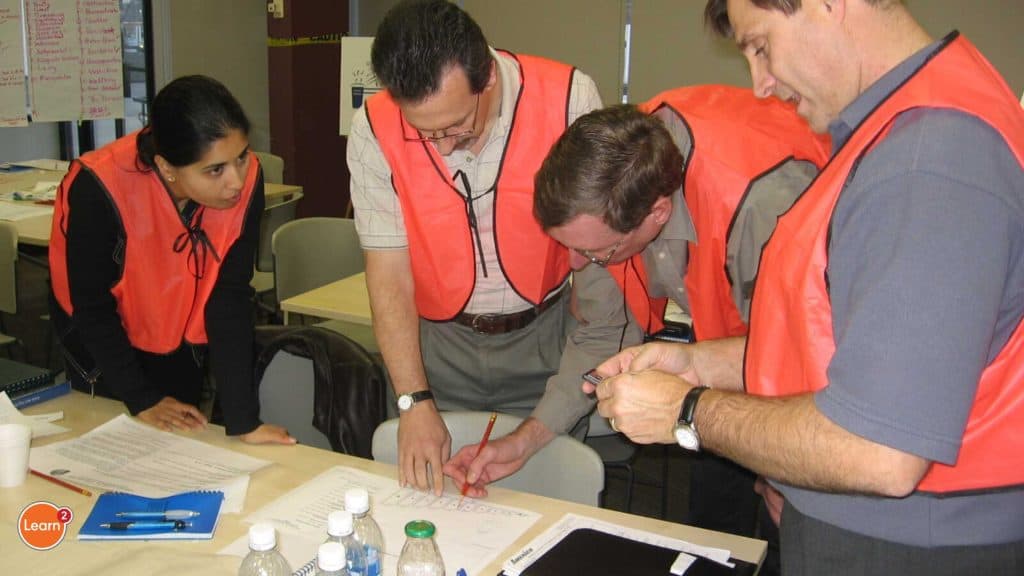
Employee development should always be a strategic priority for any forward-thinking organization. When employers genuinely value their people, they actively support and invest in their growth. This commitment not only enhances individual capabilities but also drives significant organizational success and creates strategic wins.
Focusing on the impact employees can create is particularly effective. By helping employees develop and apply their talents, organizations cultivate well-rounded professionals who drive meaningful change. This approach goes beyond filling immediate needs; it prepares the workforce to tackle future challenges and seize opportunities. Employees empowered to make a difference become more adaptable, innovative, and capable of excelling in various roles within the organization.
Exposing employees to different functions within the company fosters a culture of collaboration. When individuals understand and appreciate various facets of the organization, they work more effectively across teams. This cross-functional insight drives innovation, achieves organizational goals, breaks down silos, encourages the sharing of ideas, and ultimately enhances collaboration and performance.
Leveraging Cross-Training and Role Rotation for Strategic Wins
Cross-training, or role rotation, offers powerful strategic advantages. Allowing employees to experience different roles within the organization yields several key benefits:
- Enhanced Impact Development: Employees acquire a broader understanding and capability, making them more versatile and valuable to the organization. Continuous learning keeps the workforce agile and responsive to change, creating a competitive advantage.
- Improved Employee Engagement: Role rotation reinvigorates employees by providing new challenges and learning opportunities, reducing the risk of burnout and increasing job satisfaction. Engaged employees are more productive and committed to the organization’s success.
- Better Talent Management: Rotating employees through various roles helps managers identify where individuals excel and align their strengths with organizational needs. This leads to more effective talent placement and career development, optimizing the workforce’s potential.
- Increased Innovation: Exposure to different perspectives and approaches sparks creativity and innovation. Employees bring fresh ideas to each role, fostering a culture of continuous improvement and problem-solving, which is essential for maintaining a competitive edge.
- Stronger Succession Planning: Developing a pool of employees with diverse experience across the organization prepares them for leadership roles. This ensures smoother transitions and continuity in critical positions, safeguarding the organization’s future.
- Risk Mitigation: Cross-training employees in different functions mitigates risks associated with turnover. If an employee leaves, others with knowledge of the role can step in, ensuring business continuity and stability.
Investing in employee development through cross-training and role rotation not only ensures survival but drives growth and strategic advantage. Organizations that prioritize employee development build stronger, more resilient teams capable of meeting today’s challenges and seizing tomorrow’s opportunities. By leveraging the full potential of their people, they secure long-term success and create a sustainable competitive advantage.
Fostering Open Communication for Strategic Alignment
Employees must openly communicate their personal goals and career aspirations. Letting management know they are open to lateral changes and eager to learn more about the entire organization aligns personal development with the company’s strategic needs. This proactive approach positions employees as greater assets to the organization and aligns individual growth with the company’s objectives.
Sir Richard Branson is famously quoted as sayaing, “A company’s employees are its greatest asset and your people are your product.” Investing in your people is investing in your business’ future, and a key driver of competitive advantage.
Let’s Turn Insights Into Action!
You’ve read the ideas—now let’s make them work for your team.
Schedule a call with our team to tackle challenges and uncover opportunities.
In one call, you’ll gain clarity, actionable steps, and solutions tailored to your goals.
Ready to make a change?

